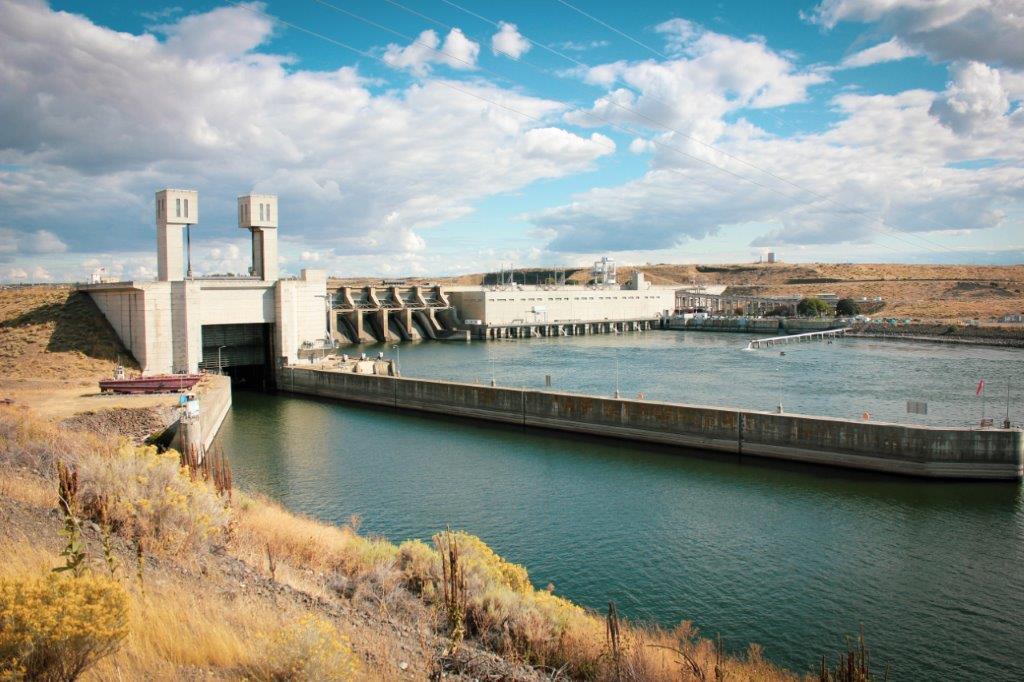The Murray-Inslee draft report fundamentally misunderstands the requirements of achieving a reliable, carbon-free electric grid. In doing so, it fosters a path that makes blackouts more probable and unnecessarily puts lives at risk. As an example, the draft report assumes a diminished importance of the lower Snake River dams (LSRD) in a zero-carbon future. However, power cost modeling demonstrates the exact opposite (Source: 2022 NWRP-Energy GPS Report). In a future with fewer baseload resources and exponentially more intermittent generation, the LSRD’s ability to provide power, on-demand, will become increasingly critical to maintaining reliable grid operations and ensuring public safety under extreme weather conditions.
• The Murray-Inslee draft report fails to analyze the energy-related CO2 implications of removing the LSRD. In doing so, it threatens the ability of electric utilities to achieve clean energy mandates. It is very likely that removing the LSRD will delay the completion of a zero-carbon grid by years and add millions of metric tons of CO2 to the atmosphere (Source: 2022 NWRP-Energy GPS Report).
• The Murray-Inslee report bakes in unwarranted, pessimistic assumptions about hydropower. It speculates the hydropower system will be more constrained by court rulings and treats that speculation as fact. The report also contends that climate change will limit the dams, despite the fact that the University of Washington Climate Impacts Group has forecast regional precipitation quantities will remain about the same. Lastly, it assigns speculative methane emissions to the dams without considering the CO2 lifecycle of wind, solar, and batteries on a comparative basis.
• The Murray-Inslee report incorrectly imputes 3rd party commissioned studies with the same credibility and reliability as the peer-reviewed and National Environmental Policy Act-compliant 2020 CRSO EIS. It should be noted the two commissioned studies were paid for by an active plaintiff in on-going court proceedings.
• The Murray-Inslee report fails to question the likely effectiveness of dam breaching for salmon recovery in light of coastwide declines in Chinook salmon stocks. Undertaking dam breaching and the risks it presents to grid reliability, decarbonization mandates, and customer costs is unreasonable, given the lack of clear scientific evidence that doing so would achieve the desired results for salmon. In light of recent studies by NOAA Fisheries and Dr. David Welch, it is highly uncertain that breaching the LSRD would recover Snake River salmon stocks.
• The Murray-Inslee report does not analyze the viability of options to minimize harm to communities, businesses, residents, and farmers. For example, gaining needed community support for building new high voltage transmission lines, utility-scale solar and wind generation, and additional rail lines is challenging. The Murray-Inslee report doesn’t provide probabilities of the likelihood that this replacement infrastructure can be built during the required timeframe.
• The Murray-Inslee report does not seriously examine the impact to communities, businesses, residents, and farmers that have built their lives around the existence of the dams. In the
more than two decades that proponents have argued for dam removal, never has a thorough economic analysis been completed regarding these impacts. These communities deserve more than a report using “could” and “may” to determine their future.

